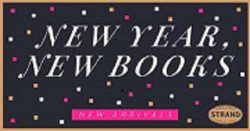The University of Cincinnati Libraries and the Elliston Poetry Room announce the next roster of poets for Poetry Stacked, a semi-regular poetry reading series held in the 6th floor east stacks of the Walter C. Langsam Library.
At the next event, scheduled for Wednesday, March 8 at 4:30pm, three poets will read their work.
 Felicia Zamora is the author of six books of poetry including, I Always Carry My Bones, winner of the 2020 Iowa Poetry Prize (University of Iowa Press, 2021) and the 2022 Ohioana Book Award in Poetry, and Body of Render, Benjamin Saltman Award winner (Red Hen Press, 2020). She won the 2022 Loraine Williams Poetry Prize from The Georgia Review, a 2022 Tin House Next Book Residency, and a 2022 Ohio Arts Council Individual Excellence Award. Her poems appear or are forthcoming in Academy of American Poets Poem-A-Day, AGNI, The American Poetry Review, The Best American Poetry 2022, Boston Review, Georgia Review, Guernica, Kenyon Review, The Missouri Review, Orion, Poetry Magazine, The Nation and others. She is an assistant professor of poetry at the University of Cincinnati and associate poetry editor for the Colorado Review.
Felicia Zamora is the author of six books of poetry including, I Always Carry My Bones, winner of the 2020 Iowa Poetry Prize (University of Iowa Press, 2021) and the 2022 Ohioana Book Award in Poetry, and Body of Render, Benjamin Saltman Award winner (Red Hen Press, 2020). She won the 2022 Loraine Williams Poetry Prize from The Georgia Review, a 2022 Tin House Next Book Residency, and a 2022 Ohio Arts Council Individual Excellence Award. Her poems appear or are forthcoming in Academy of American Poets Poem-A-Day, AGNI, The American Poetry Review, The Best American Poetry 2022, Boston Review, Georgia Review, Guernica, Kenyon Review, The Missouri Review, Orion, Poetry Magazine, The Nation and others. She is an assistant professor of poetry at the University of Cincinnati and associate poetry editor for the Colorado Review.
Caroline Plasket’s work has been published or is forthcoming in numerous journals, including, Gulf Coast, Sycamore Review, Pleiades, Copper Nickel, The Cortland Review and Threadcount Magazine. She was a mentee in the AWP Writer to Writer Program. She currently teaches writing at Northern Kentucky University. She is working on three books and is fulfilled sharing her love of writing (and the power that lies within it) with others. She lives in Northern Kentucky.
Hussain Ahmed is a Nigerian poet and environmentalist. He holds an MFA in poetry from the University of Mississippi and is currently a PhD student at the University of Cincinnati. His poems are featured in AGNI, Poetry Magazine, The Kenyon Review, A Public Space, The American Poetry Review and elsewhere. He is a winner of the 2022 Orison Poetry Prize, 2022 finalist for the University of Wisconsin Press’s Brittingham Prize and Felix Pollak Prize poetry competition, 2021 Semi-finalist Cave Canem Poetry Prize, and several others. He is the author of a chapbook “Harp in a Fireplace” (Newfound, 2021) and a debut collection “Soliloquy with the Ghosts in Nile” (Black Ocean Press, 2022). He is currently an Editorial Assistant for Seneca Review and Cincinnati Review. Continue reading →
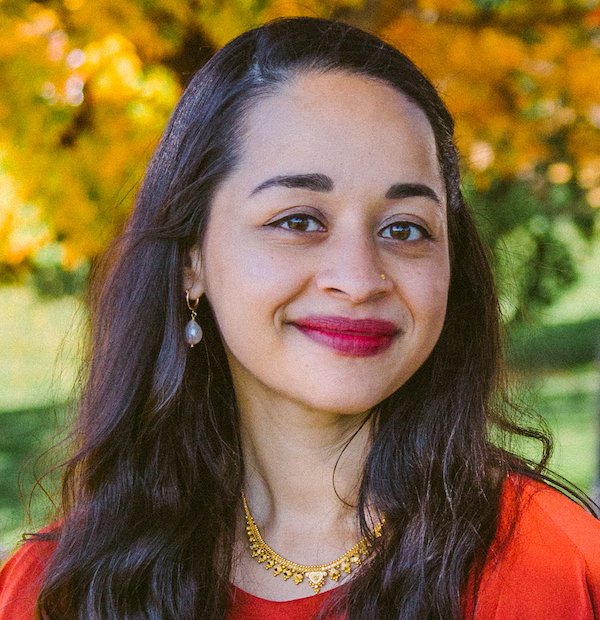 Nimisha Bhat joined the University of Cincinnati Libraries on Monday, Feb. 27, 2023 as assistant librarian and liaison to the departments of History, Anthropology, and Women’s, Gender and Sexuality Students.
Nimisha Bhat joined the University of Cincinnati Libraries on Monday, Feb. 27, 2023 as assistant librarian and liaison to the departments of History, Anthropology, and Women’s, Gender and Sexuality Students.
 Felicia Zamora is the author of six books of poetry including, I Always Carry My Bones, winner of the 2020 Iowa Poetry Prize (University of Iowa Press, 2021) and the 2022 Ohioana Book Award in Poetry, and Body of Render, Benjamin Saltman Award winner (Red Hen Press, 2020). She won the 2022 Loraine Williams Poetry Prize from The Georgia Review, a 2022 Tin House Next Book Residency, and a 2022 Ohio Arts Council Individual Excellence Award. Her poems appear or are forthcoming in Academy of American Poets Poem-A-Day, AGNI, The American Poetry Review, The Best American Poetry 2022, Boston Review, Georgia Review, Guernica, Kenyon Review, The Missouri Review, Orion, Poetry Magazine, The Nation and others. She is an assistant professor of poetry at the University of Cincinnati and associate poetry editor for the Colorado Review.
Felicia Zamora is the author of six books of poetry including, I Always Carry My Bones, winner of the 2020 Iowa Poetry Prize (University of Iowa Press, 2021) and the 2022 Ohioana Book Award in Poetry, and Body of Render, Benjamin Saltman Award winner (Red Hen Press, 2020). She won the 2022 Loraine Williams Poetry Prize from The Georgia Review, a 2022 Tin House Next Book Residency, and a 2022 Ohio Arts Council Individual Excellence Award. Her poems appear or are forthcoming in Academy of American Poets Poem-A-Day, AGNI, The American Poetry Review, The Best American Poetry 2022, Boston Review, Georgia Review, Guernica, Kenyon Review, The Missouri Review, Orion, Poetry Magazine, The Nation and others. She is an assistant professor of poetry at the University of Cincinnati and associate poetry editor for the Colorado Review.
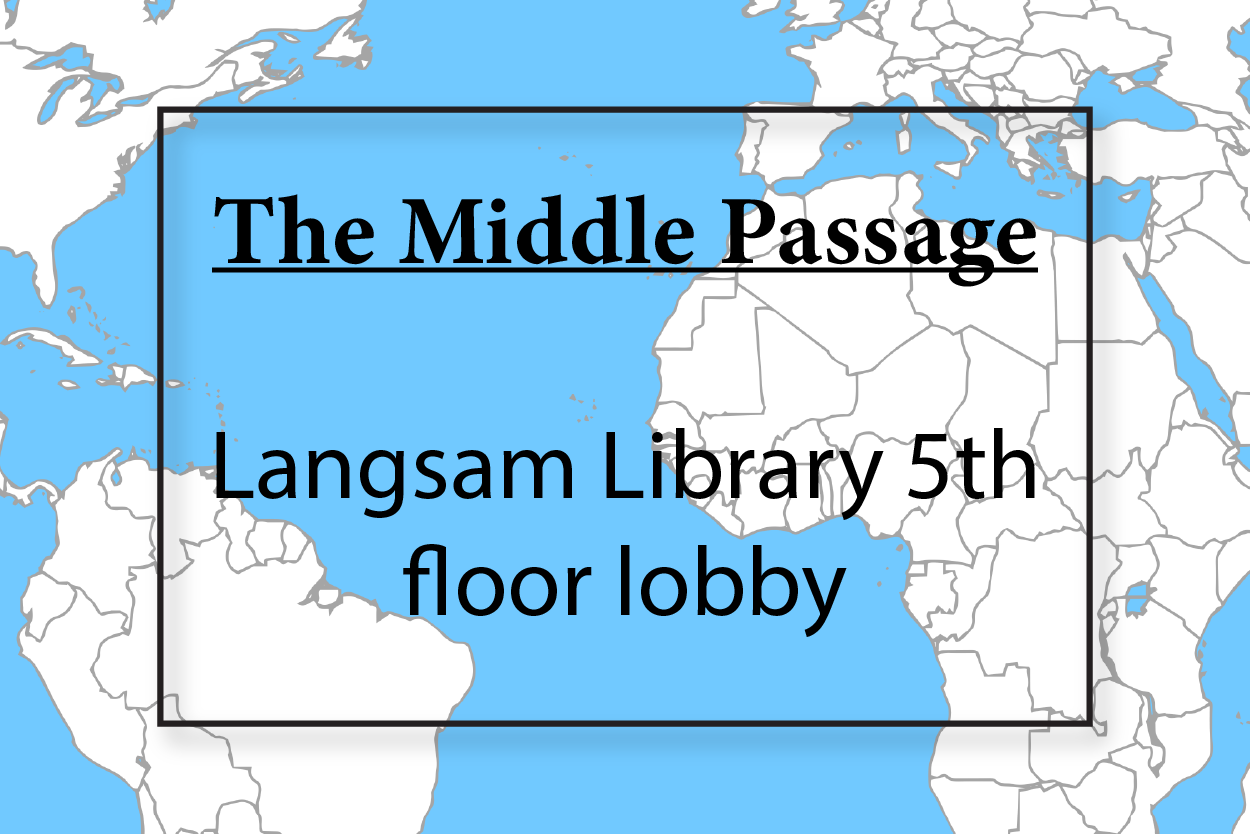

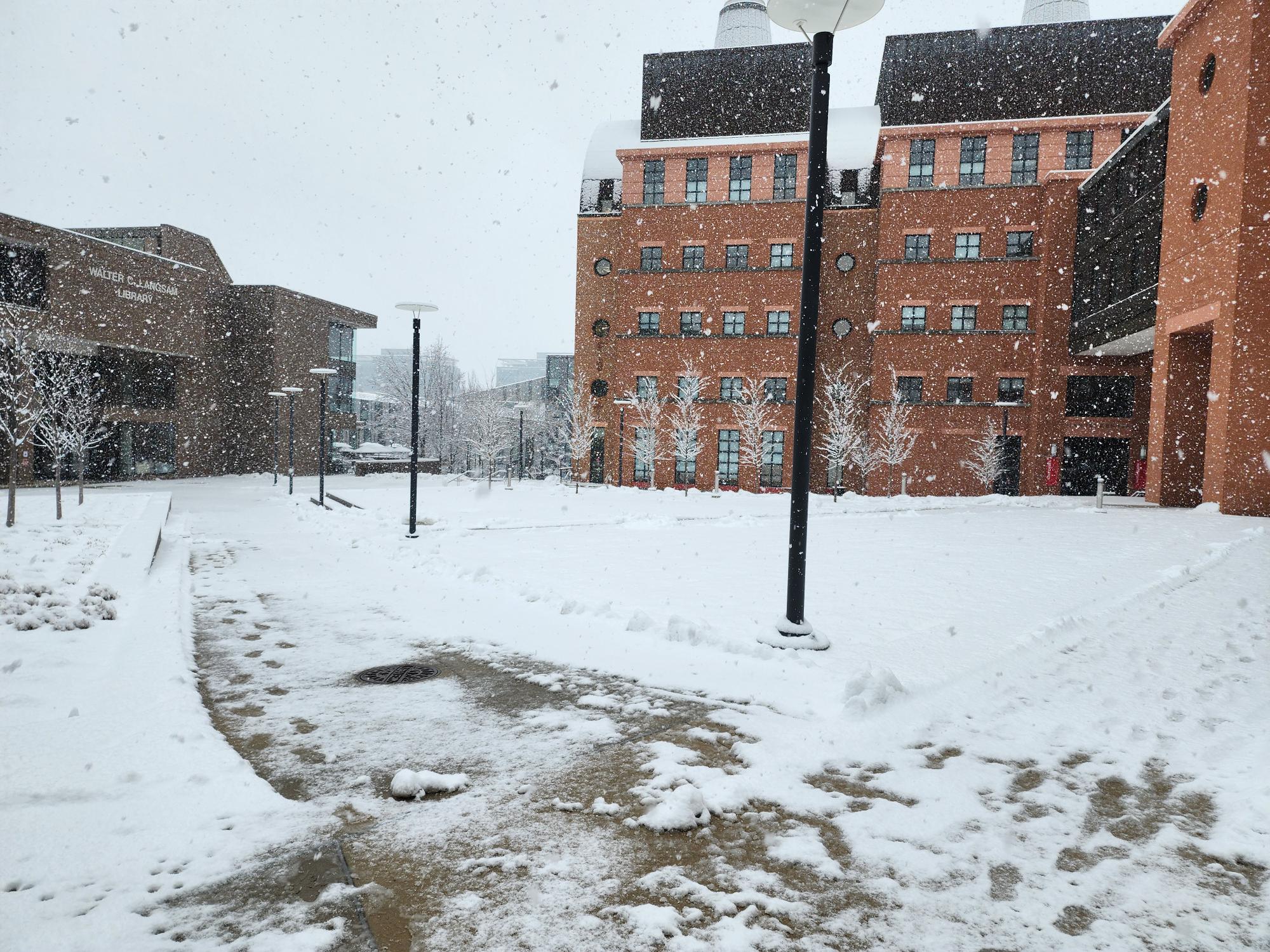
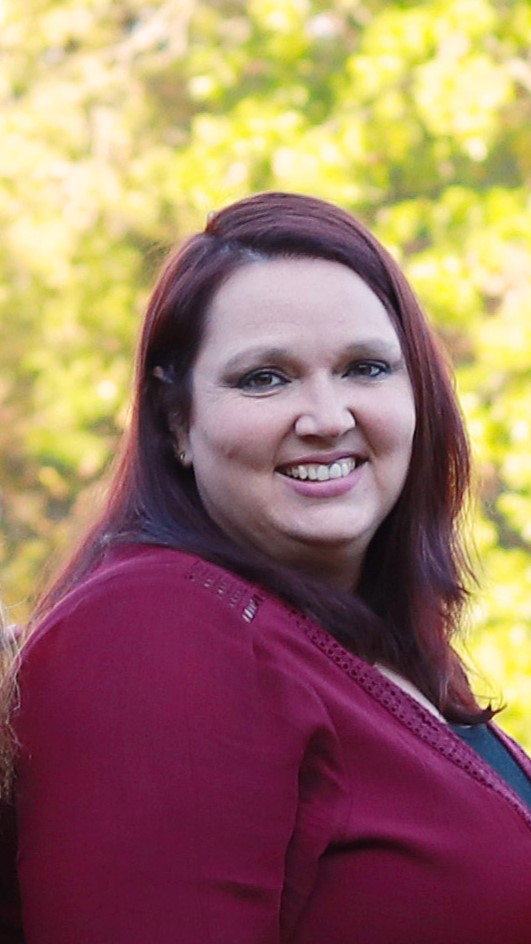 Erin Smith has joined the University of Cincinnati Libraries as the collections acquisitions data specialist in the Content Services Team. She started her position on January 17, 2023.
Erin Smith has joined the University of Cincinnati Libraries as the collections acquisitions data specialist in the Content Services Team. She started her position on January 17, 2023.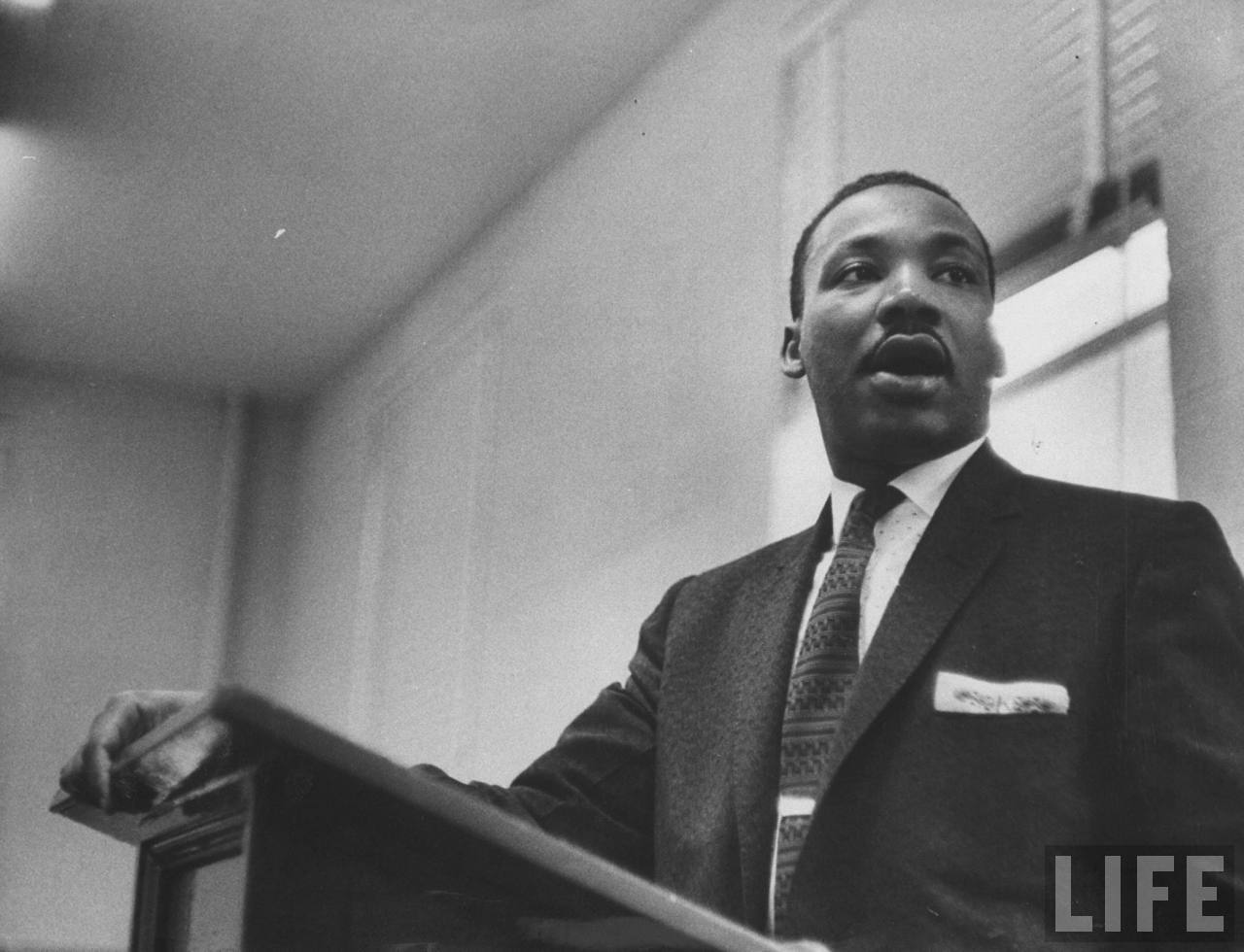
 Simone Savannah, PhD is the author of Uses of My Body (Barrow Street 2020), the winner of the Barrow Street Poetry Book Prize chosen by Jericho Brown. She is also the author of Like Kansas (Big Lucks 2018). Her work has been published in Apogee, The Fem, Powder Keg, GlitterMob, Shade Journal, BreakBeat Poets, and several other journals and anthologies. She has received nominations for Best New Poets and Best of the Net. Simone is originally from Columbus, Ohio. She earned her MEd and BA from Ohio University. She holds a PhD in creative writing from the University of Kansas. She is currently the 2021-23 Taft Research Center Post-Doctoral Fellow at the University of Cincinnati.
Simone Savannah, PhD is the author of Uses of My Body (Barrow Street 2020), the winner of the Barrow Street Poetry Book Prize chosen by Jericho Brown. She is also the author of Like Kansas (Big Lucks 2018). Her work has been published in Apogee, The Fem, Powder Keg, GlitterMob, Shade Journal, BreakBeat Poets, and several other journals and anthologies. She has received nominations for Best New Poets and Best of the Net. Simone is originally from Columbus, Ohio. She earned her MEd and BA from Ohio University. She holds a PhD in creative writing from the University of Kansas. She is currently the 2021-23 Taft Research Center Post-Doctoral Fellow at the University of Cincinnati.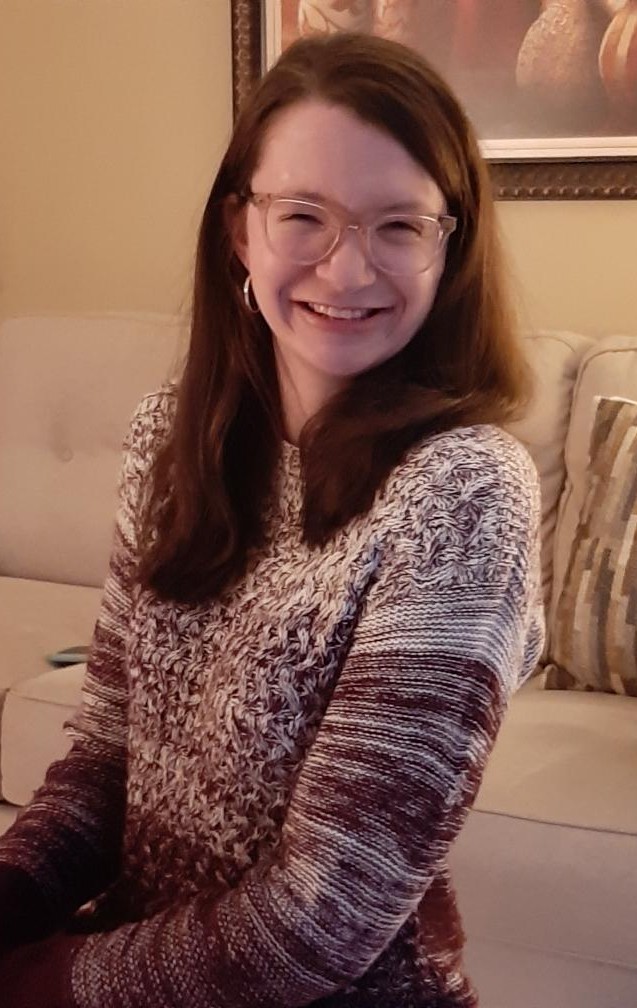 Lauren Reder joined the University of Cincinnati Libraries on Monday, Jan. 9 as a cataloger focusing on Classics and Modern Greek.
Lauren Reder joined the University of Cincinnati Libraries on Monday, Jan. 9 as a cataloger focusing on Classics and Modern Greek.